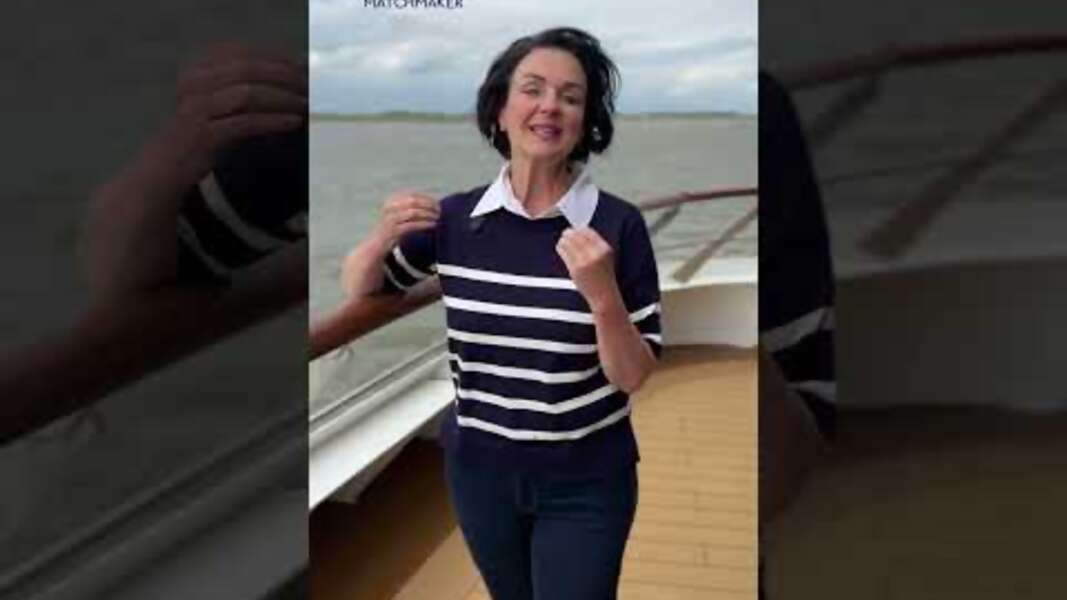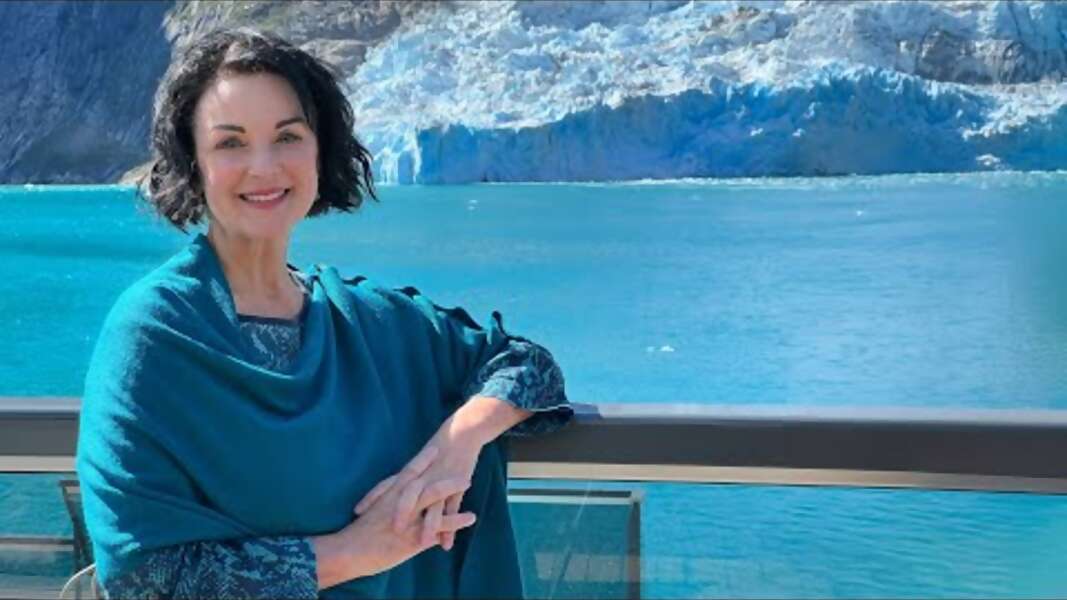When five people in a submersible recently died in the pursuit of Titanic tourism, there was an immediate reverberation through the cruise world.
I know, because my film crew and I just recently disembarked from a Viking expedition cruise in the Great Lakes, which included underwater excursions to Lake Superior's floor on both of the Viking Octantis' two submersible vehicles.
Along with us were a dozen other journalists, who created a message group to coordinate get togethers and collegial camaraderie during the cruise.
Shortly after the Titan went missing, the message group lit up again, this time with some journalists chiming in to say that if the disaster had happened before our expedition cruise, they would have thought twice about jumping in one of the subs.
That sentiment echoes comments in luxury and expedition cruise passenger social media groups.
"Sub-bing In"
Subs have become one of the higher-profile 'toys' implemented on some new, luxury expedition cruise ships for guests to become - literally - more immersed in the remote region waters where expedition cruises sail.
Not all expedition cruise lines have subs. Ponant has its "Blue Eye" lounge below sea level, with underwater windows for guests on board.
Lindblad's CEO said he 'really wanted' subs (and helicopters) for its newbuild expedition ship, but that the cost/ benefit analysis "didn't compute."
Interestingly, when Silversea bought Crystal's expedition ship (now the Silver Endeavor), it removed its sub and helicopter experiences, re-purposing the newfound space for more suites. At the time, Silversea Chairman & CEO, Roberto Martinoli, explained that the line didn't feel the need to retain those features that could be enjoyed by relatively few guests - and only under ideal conditions.
Viking, Scenic and Seabourn are three cruise lines which do currently offer sub excursions from their new expedition ships.
Following the fatal Titan incident, those cruise lines are pointing out the tremendous differences between their sub excursions and the ill-fated privately-made sub.
Viking noted in a statement about submarine safety that all of its four (two on each of its expedition ships) subs feature a “multitude of safety systems and built-in redundancies in case of failures”.
In addition, dives on Viking subs last less than an hour and never go further than 300 metres deep. Plus "the training our submersible pilots and surface officers receive exceeds all recommended industry standards, and regular safety drills anticipating every possible emergency situation ensure that each dive is conducted under the most stringent of safety conditions.”
Scenic representatives also expressed their sympathies for the loss of life on the Titan, but emphasized that its subs involved a "completely different experience”.
Like Viking, Scenic subs are built to dive to 300 metres, but do not "dive beyond 100 metres,” added the company. “Scenic Neptune has been built to conform with classification society rules. It is a highly regulated and safe experience."
Having just been on a Viking sub, I can confirm that safety comes first. There's a separate safety briefing for everyone taking a sub excursion outlining how guests must participate to meet safety standards, as well as describing fail-safe and communication features plus backed-stopped fail-safes that ensure no matter what happens to the sub or pilot, the sub will resurface safely.

Sub being deployed from Viking Octantis in the Great Lakes -
taken through the window of my stateroom
In addition, it was repeatedly pointed out that my excursion could be rescheduled - or indeed cancelled altogether - if water or weather conditions weren't just right for safety.
I felt completely safe the entire time I was aboard my own cruise ship sub experience
- and I would not hesitate to go again.
In fact, later this summer, we'll be filming aboard Seabourn's new expedition ship, Seabourn Venture, in Greenland and Iceland, and will absolutely take advantage of the opportunity to see a different perspective of the Arctic Ocean via Seabourn's onboard sub.
While tragic incidents are useful in reminding us to never take safety for granted, any cruise traveler should rest assured that although nothing is ever 100 per cent risk-free, the difference between highly-regulated, commercial subs operated by extensively-trained, back-stopped seafaring professionals on reputable cruise lines is night and day compared to the highly experimental, risky, and extreme sub expedition to the Titanic, miles below the sea, that sadly failed.
By: Lynn Elmhirst cruise/ travel journalist and expert.
Images by Lynn Elmhirst.
All rights reserved. You are welcome to share this material from this page, but it may not be copied, re-published, broadcast, rewritten or redistributed.
Most Recent from The Blog
- The Best Way to Avoid Crowds on a Cruise to Santorini
- FAQ's About the EU's New Entry System, Launching October, 2025
- Riviera Designates World First Solo Cruise Ship
- Getting a Downton Abbey Cruise Travel Fix as its “Grand Finale” Hits Theaters
- Labor Day Sales, Scenic’s ‘Enriching’ Private Events - and Cruise Match Making




